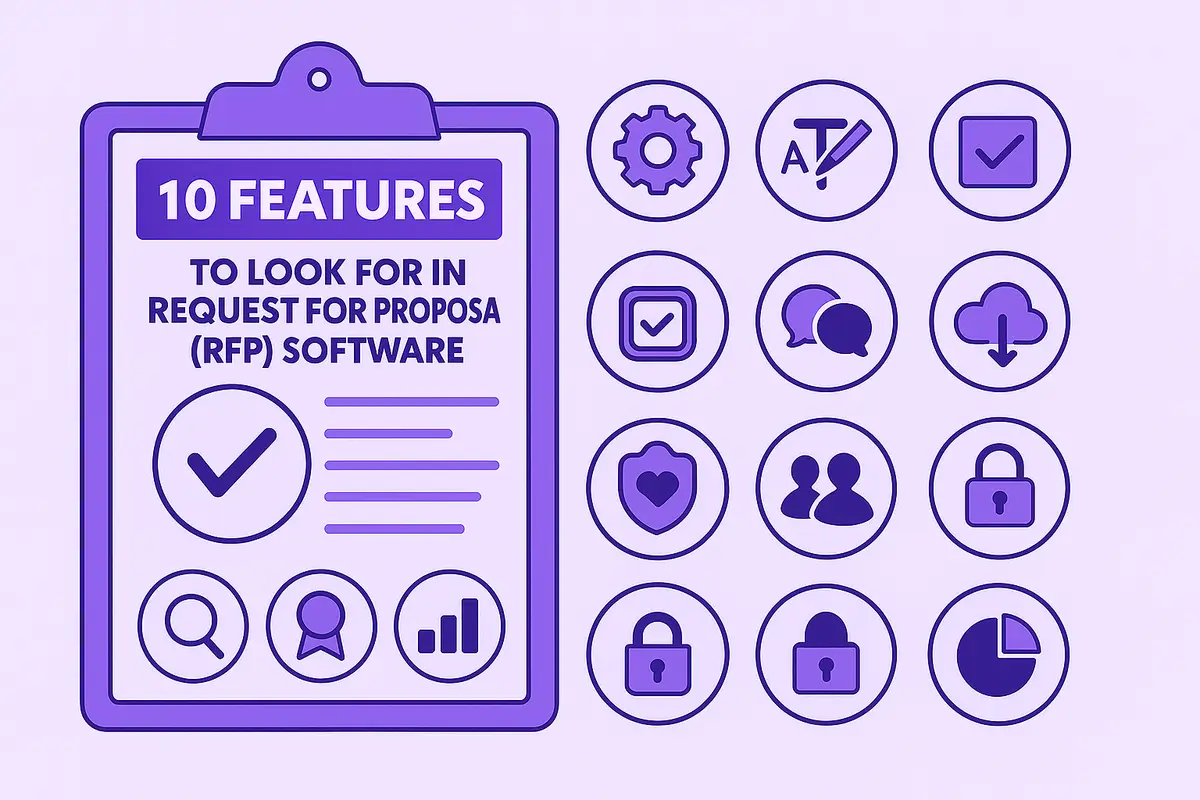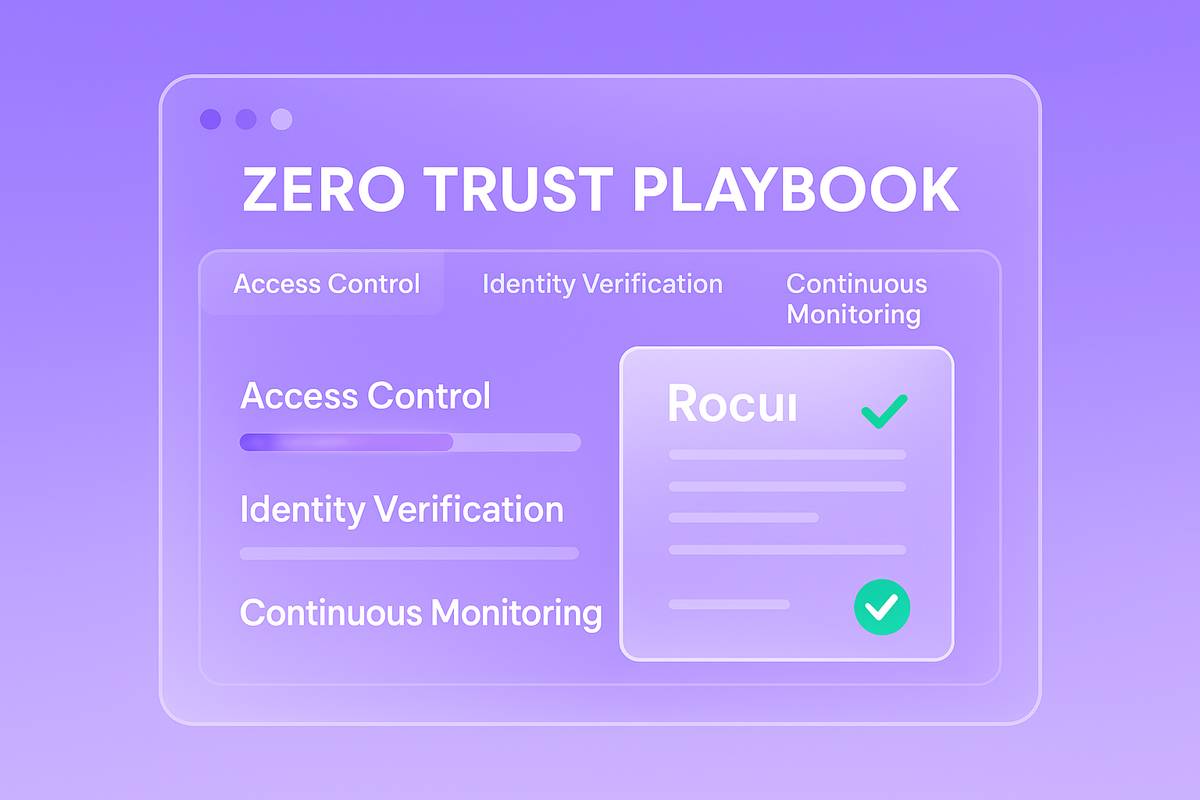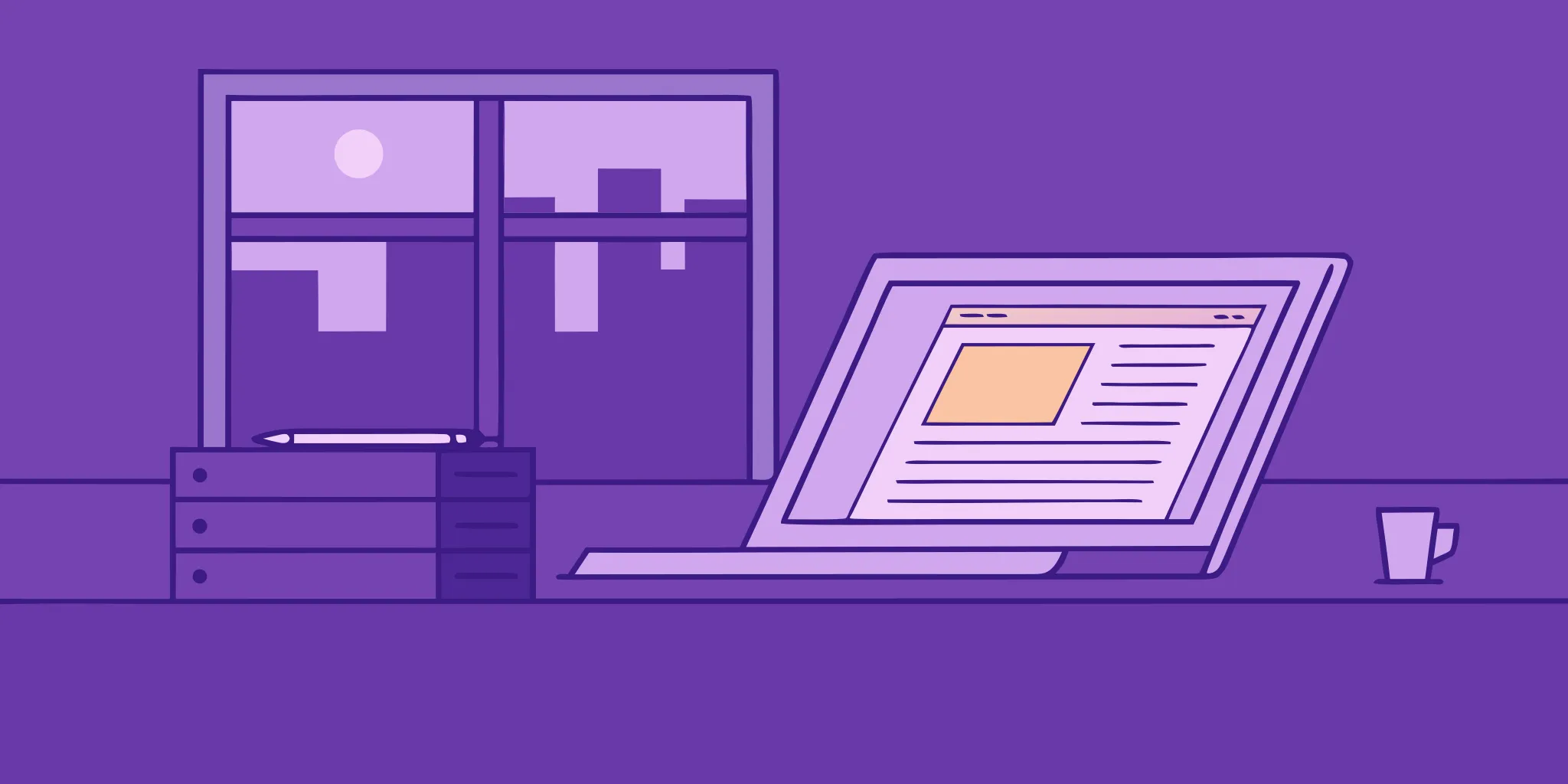10 Essential Features of Iris RFP Software
July 11, 2025
By
Evie Secilmis

Managing RFPs manually is time-consuming, error-prone, and nearly impossible to scale. Spreadsheets and scattered documents can only get you so far before mistakes creep in, deadlines slip, and opportunities are lost.
The right RFP software doesn’t just make the process faster. It transforms how your team collaborates, responds, and ultimately wins deals. Modern platforms combine automation, structured knowledge management, and seamless collaboration features so that RFPs shift from being a stressful bottleneck to a competitive advantage.
But with so many tools on the market, how do you know which one will actually solve your pain points instead of adding new ones? To help, we’ve outlined ten core features to look for in RFP software that truly makes life easier for presales teams, proposal managers, and everyone else who touches the process.
1. AI-Powered Answer Suggestions
Modern RFP software should go far beyond static templates. Look for tools that leverage AI to auto-suggest answers based on your past responses and approved content. This speeds up your workflow dramatically, while still keeping responses accurate and on-brand. Over time, the AI should learn from your team’s edits, becoming smarter and more useful with every project.
2. Centralized Content Library
A strong content repository is the backbone of an efficient RFP process. When your team always has access to the latest approved responses, there’s less risk of outdated or inconsistent messaging. Look for features like version control, metadata, and tagging that make it easy to update and retrieve information quickly.
3. Collaboration Tools
RFPs are never a solo effort. Sales, legal, security, and technical experts all need to weigh in. Choose a platform that makes it easy to assign questions, leave comments, track changes, and manage review workflows. True collaboration features reduce back-and-forth emails and keep everyone aligned on deadlines.
4. Role-Based Permissions
Not all content should be visible to every team member. The right RFP software allows you to assign different access levels based on roles, keeping sensitive or regulated information secure. This also ensures that only the right subject matter experts are editing high-stakes content.
5. Customizable Workflows
No two organizations run their RFP process exactly the same way. Your software should give you the flexibility to tailor workflows to your compliance requirements, approval chains, and team preferences. The best platforms adapt to you, not the other way around.
6. Integrations with Knowledge Bases
Your team already relies on platforms like Confluence, Notion, or SharePoint for documentation. The best RFP tools integrate directly with these systems, ensuring that content stays up to date automatically without manual copy-pasting. This reduces redundancy and keeps your RFP answers aligned with the latest company knowledge.
7. Smart Search & Filtering
When you’re under a deadline, every second counts. Look for software with intuitive search, filtering, and tagging features that make it easy to find the exact response you need. Bonus points for semantic search capabilities that understand context, not just keywords.
8. Seamless Export & Formatting
Submitting a polished proposal shouldn’t require hours of manual formatting. Your software should be able to export responses into clean, professional templates across multiple formats like PDF, Word, or Excel. The less time your team spends on formatting, the more time they can spend on personalization and strategy.
9. Analytics & Reporting
Visibility into your process is key. Reporting tools can help you understand how much time is spent on different types of RFPs, how your win rates are trending, and which content is most effective. These insights aren’t just about efficiency—they can inform training, resourcing, and even product messaging.
10. Vendor & Bid Tracking
If you’re juggling multiple RFPs at once, vendor and bid tracking is essential. A strong platform should let you see, at a glance, the status of every proposal: what’s pending, what’s been submitted, and what’s coming up next. This kind of dashboard view keeps teams organized and reduces the risk of missed deadlines.
Final Thoughts
At the end of the day, RFP software should reduce friction, not add complexity. Whether you’re part of a presales team trying to stay ahead of increasing volume, or a proposal manager juggling dozens of stakeholders and approvals, the right platform gives you time back and helps you win more business.
At Iris, we built our platform with these exact needs in mind. Our AI engine helps draft accurate responses in minutes. Our integrations with knowledge bases and partners like GovSpend extend beyond response management to cover sourcing and submission. And our collaboration features make it simple for cross-functional teams to align on what matters most.
The result? Less time scrambling, more time closing. With Iris, every RFP becomes an opportunity to win smarter, faster, and with confidence.
Share this post
Link copied!




















